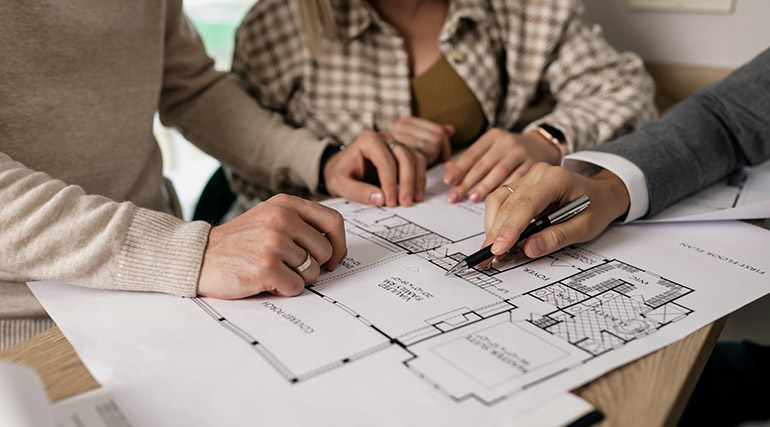In a world where our surroundings play a significant role in shaping our experiences and influencing our well-being, the importance of creating high-quality, effective, and inspiring spaces cannot be overstated. Whether at home, in the workplace, or within communal areas, the design of our environments profoundly impacts our mood, productivity, and overall satisfaction. Let’s explore the key elements that contribute to crafting spaces that are not only aesthetically pleasing but also elevate our daily lives.

Quality in Design and Materials: At the heart of every remarkable space lies a commitment to quality in both design and materials. High-quality design transcends trends, focusing on timeless elements that stand the test of time. A thoughtfully designed space takes into account functionality, flow, and the unique needs of its inhabitants or users. Quality materials, whether natural wood, durable fabrics, or innovative finishes, contribute to the longevity and enduring appeal of a space.
Consider the durability and sustainability of materials when designing a space. Opting for eco-friendly and ethically sourced materials not only supports responsible consumption but also fosters a sense of connection to the broader environment. The timeless nature of quality design and materials ensures that a space remains relevant and inspiring for years to come.
Effective Utilization of Space: Effectiveness in space utilization goes beyond mere square footage. It involves a thoughtful approach to layout, organization, and the seamless integration of elements. Whether designing a cozy studio apartment or a sprawling corporate office, effective use of space maximizes functionality and enhances the overall experience.
In residential spaces, this may mean incorporating multifunctional furniture, utilizing vertical space, and creating open-concept layouts that encourage fluid movement. In workplaces, effective space utilization involves thoughtful zoning, ergonomic furniture, and the strategic placement of collaborative and private areas. The key is to ensure that every square foot serves a purpose, contributing to the overall efficiency and harmony of the space.
Inspiration Through Aesthetics: A truly inspiring space captivates the senses and sparks creativity. Aesthetics play a pivotal role in creating an environment that motivates and uplifts. Consider the color palette, lighting, and overall ambiance of a space. Warm, natural tones can create a cozy and inviting atmosphere, while bold, contrasting colors may infuse energy and dynamism.
Art and decor also play a crucial role in inspiring spaces. Whether it’s a carefully curated art collection or personalized decor that tells a story, these elements contribute to the unique character of a space. The intentional selection of aesthetic elements fosters a sense of identity and inspiration, making the space a reflection of the people who inhabit it.
Adaptable and Evolving Spaces: In a rapidly changing world, the most effective and inspiring spaces are those that adapt to evolving needs. A space that can seamlessly transform to accommodate different functions and activities ensures its continued relevance and utility. Consider incorporating flexible furniture, modular layouts, and adaptable design elements that can evolve with changing lifestyles or work requirements.
Adaptability also extends to the integration of technology. Smart home systems, flexible office setups, and innovative solutions that respond to the demands of the modern world enhance the overall effectiveness and inspiration of a space.
Creating a Personal Connection: Finally, the most inspiring spaces are those that forge a personal connection with their inhabitants. This involves understanding the unique preferences, needs, and aspirations of the individuals who will occupy the space. Whether it’s a home designed to reflect the personality of its residents or a workplace that fosters a sense of community and purpose, a personal connection to the space enhances its overall impact.
Consider incorporating personal touches such as family photos, meaningful artwork, or custom-designed elements that resonate with the occupants. Spaces that evoke a sense of belonging and connection contribute to a positive and inspiring atmosphere.
In conclusion, the art of crafting high-quality, effective, and inspiring spaces involves a holistic approach that encompasses design, functionality, aesthetics, adaptability, and personal connection. By prioritizing these elements, whether in our homes, workplaces, or shared spaces, we have the power to shape environments that not only meet our immediate needs but also inspire and elevate our daily lives.



